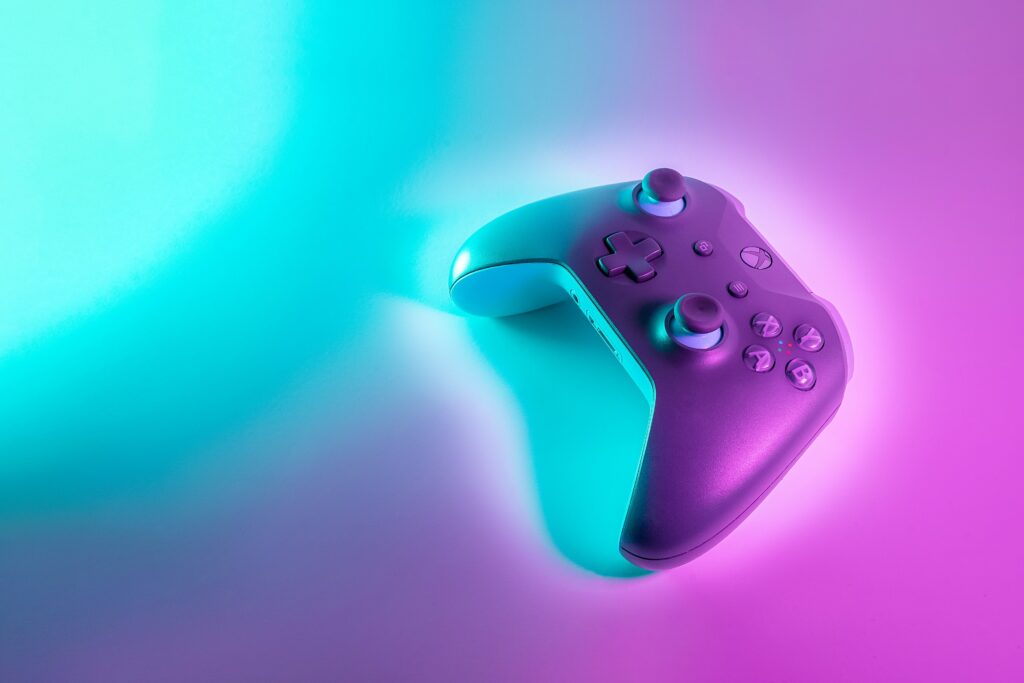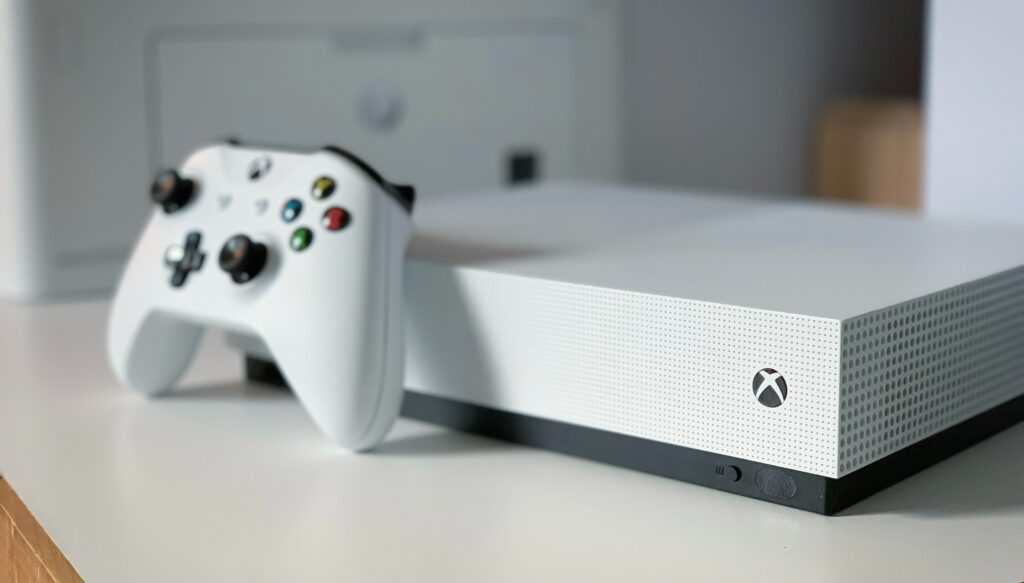Key Takeaways
- Functionality Meets Aesthetics: Contemporary home office design seamlessly blends style and practicality, enhancing productivity while reflecting personal preferences.
- Key Features to Consider: Prioritize ergonomic furniture, maximize natural light, integrate technology, and maintain a minimalist aesthetic to create an efficient work environment.
- Trends to Explore: Embrace minimalist approaches, calming colors, textured materials, and layered textiles to foster a tranquil and inspiring workspace.
- Pinterest as a Resource: Utilize Pinterest for diverse home office inspirations, including curated boards for minimalist spaces, colorful designs, ergonomic solutions, and eco-friendly options.
- Notable Designers: Follow influential designers like Kelly Wearstler, Joanna Gaines, and Amber Lewis for fresh ideas that elevate home office aesthetics and functionality.
- Personalization is Key: Infuse personal touches and ergonomic considerations into your home office design to create a comfortable and motivating environment that reflects your unique style.
In today’s fast-paced world, the home office has transformed from a simple workspace into a stylish sanctuary for productivity. With remote work becoming the norm, contemporary home office design embraces functionality while reflecting personal style. Pinterest has emerged as a treasure trove of inspiration, showcasing innovative ideas that blend aesthetics with practicality.
From minimalist setups to vibrant color schemes, modern office design captures the essence of creativity and efficiency. Whether it’s a cozy nook or a spacious environment, the right design can significantly enhance focus and motivation. Discovering the latest trends on Pinterest can help anyone craft a workspace that not only meets their professional needs but also uplifts their spirits.
Contemporary Home Office Design
Contemporary home office design integrates style and practicality, creating appealing and efficient work environments. Key elements in these designs cater to individual preferences and enhance productivity.
Key Features of Modern Office Spaces
- Ergonomic Furniture: Employs chairs and desks that support healthy posture and comfort, essential for long hours of work.
- Natural Light: Maximizes window placement and open layouts to boost mood and energy levels.
- Technology Integration: Incorporates smart devices and high-speed connectivity to streamline tasks and enhance workflow.
- Minimalist Aesthetics: Focuses on uncluttered spaces with essential furniture, promoting concentration and reducing distractions.
- Personalization: Allows for unique decorations and personal items, creating an inspiring environment that reflects individual style.
Importance of Functionality and Aesthetics
Functionality drives productivity, making it crucial in home office design. Designing with purpose ensures that workspaces meet specific needs without compromising comfort. Aesthetics play a pivotal role as well, with pleasing visuals fostering motivation and creativity. Combined, these elements contribute to a balanced atmosphere, encouraging both efficiency and personal expression.
Popular Trends in Home Office Design

Contemporary home office design encompasses various trends that optimize both function and aesthetics. These approaches contribute to creating inspiring and efficient workspaces.
Minimalist Approaches
Minimalist approaches prioritize simplicity, reducing clutter to enhance focus. Key elements include:
- Clean Lines: Furniture features sleek designs, often in neutral colors, promoting a calm atmosphere.
- Functional Layouts: The arrangement emphasizes practicality, ensuring everything served a specific purpose without excess.
- Limited Decor: Decorative items remain minimal, showcasing only essential or meaningful pieces.
- Open Spaces: Layouts emphasize openness, allowing for a more airy environment that fosters peace and productivity.
- Calming Colors: Soft hues like blues and greens instill tranquility, enhancing concentration during work hours.
- Accent Walls: Bold colors or patterns on walls create focal points, energizing the workspace without overwhelming it.
- Textured Materials: Incorporating materials like wood, fabric, or metal introduces tactile elements that break monotony.
- Layered Textiles: Utilizing rugs, cushions, and curtains adds warmth, contributing to a cozy yet professional atmosphere.
Inspiration from Pinterest

Pinterest serves as an extensive resource for discovering innovative home office designs. Users can explore a myriad of ideas, from chic setups to efficient layouts, all tailored to enhance productivity.
Curated Boards for Home Office Ideas
Curated boards on Pinterest offer a wealth of home office concepts, showcasing diverse styles and themes. Users can find boards that focus on specific aspects of design, including:
- Minimalist Spaces: Trending boards highlight clean lines, neutral color palettes, and functional furniture that promote focus.
- Colorful Designs: Creative boards feature vibrant color schemes, bold decor choices, and unique accents that convey personality.
- Ergonomic Solutions: Boards dedicated to ergonomic setups emphasize comfortable seating, adjustable desks, and supportive accessories.
- Tech-Integrated Spaces: Tech-focused boards display innovative ways to incorporate smart devices and efficient storage solutions into home offices.
- Eco-Friendly Designs: Sustainable boards promote the use of reclaimed materials, plants, and energy-efficient options for environmentally conscious setups.
These curated collections inspire users striving to balance functionality and style in their workspaces.
Notable Designers and Their Contributions
Several notable designers have left a mark on contemporary home office design, often reflected in Pinterest boards. Key figures include:
- Kelly Wearstler: Known for her bold aesthetic, Wearstler’s designs often blend unexpected elements to create visually stunning workspaces.
- Joanna Gaines: Through her modern farmhouse style, Gaines’ designs focus on warmth, inviting elements, and practicality to enhance overall productivity.
- Peter F. Dunham: Dunham’s work emphasizes the fusion of traditional and modern styles, often featuring vibrant textiles and distinctive furniture pieces.
- Amber Lewis: Her bohemian yet functional approach highlights layers, colors, and textures, creating inviting environments that inspire creativity.
Following these designers on Pinterest provides insight into current trends and helps users maintain an inspiring home office atmosphere.
Customizing Your Home Office

Customizing a home office ensures it reflects individual style while maximizing functionality. Key aspects include personal touches and comfort considerations.
Personal Touches and Decor
Personal touches enhance the warmth and character of a home office. Incorporating items like artwork, family photos, or unique decor adds personality. Plants bring life to workspaces, boosting mood and air quality. Selecting a color palette that resonates with the user creates harmony in the environment. Accessories, such as decorative organizers or inspirational quotes, not only serve a function but also contribute to the aesthetic appeal. Each chosen item can transform a standard office into a personalized sanctuary for productivity.
Ergonomics and Comfort Considerations
Ergonomics plays a vital role in promoting comfort and health during work hours. Choosing adjustable chairs and desks accommodates various body types and working positions. Feet should rest flat on the ground or on a footrest to enhance posture. Keyboards and monitors require proper placement to reduce strain on the wrists and neck. Incorporating items like lumbar support cushions encourages proper alignment. Implementing these ergonomic principles leads to a more comfortable workspace, facilitating longer periods of effective work without physical discomfort.
Contemporary home office design is all about creating a workspace that inspires productivity while reflecting personal style. By blending functionality with aesthetics individuals can transform their remote work experience into something enjoyable and efficient.
Pinterest remains an invaluable tool for discovering fresh ideas and innovative designs. From minimalist approaches to vibrant setups the platform offers endless inspiration for those looking to enhance their home office.
Incorporating ergonomic furniture and personal touches further elevates the workspace making it a true reflection of one’s personality. With the right elements in place anyone can cultivate an environment that fosters creativity and motivation while ensuring comfort and efficiency.



